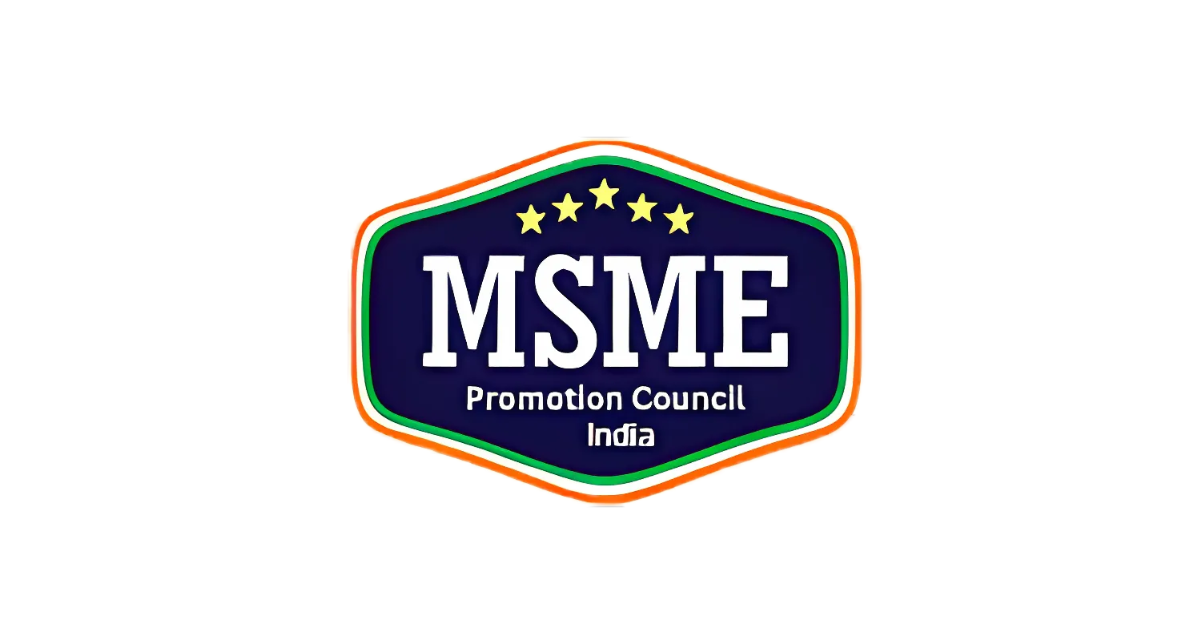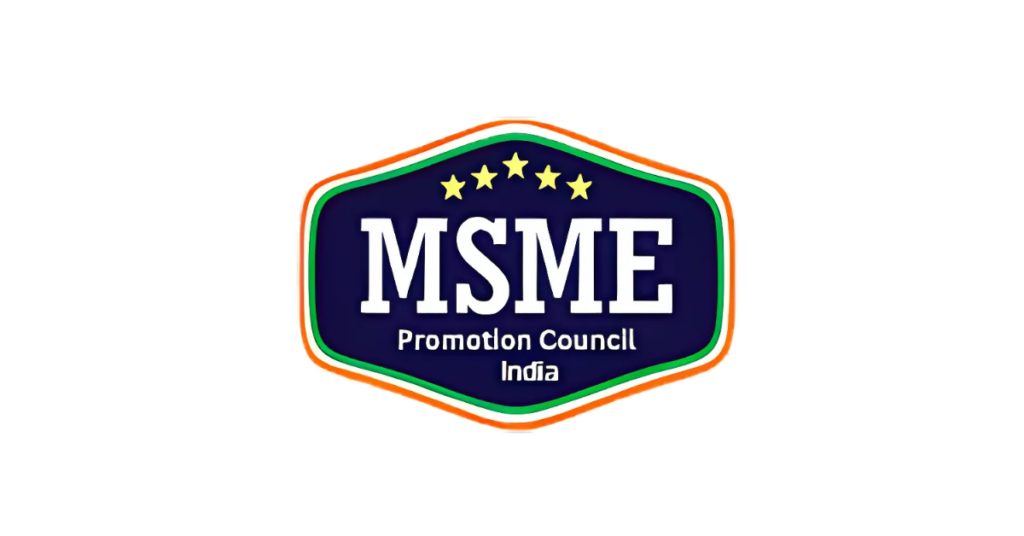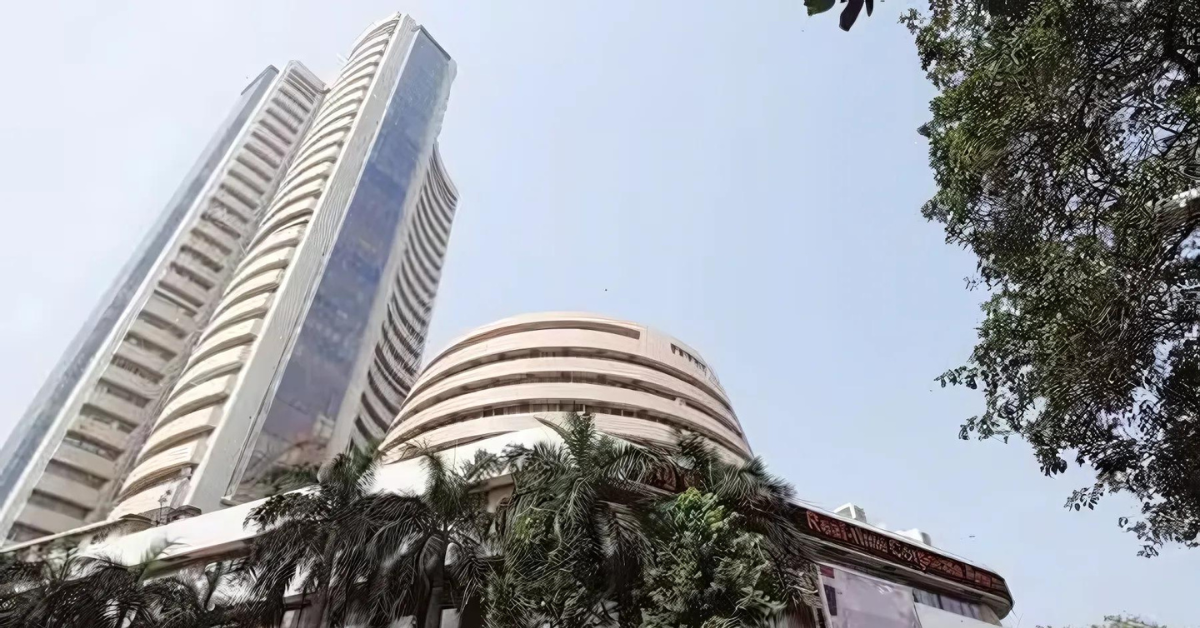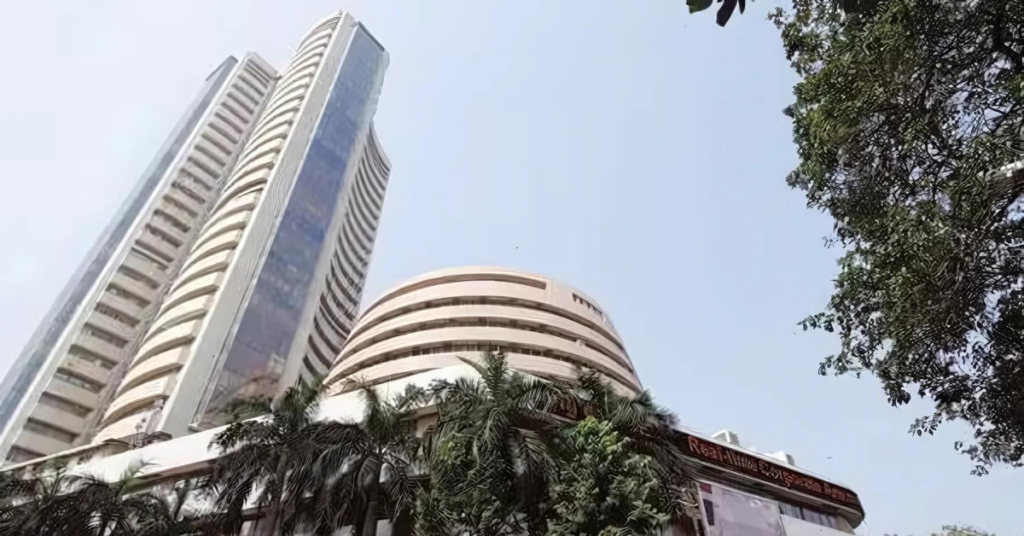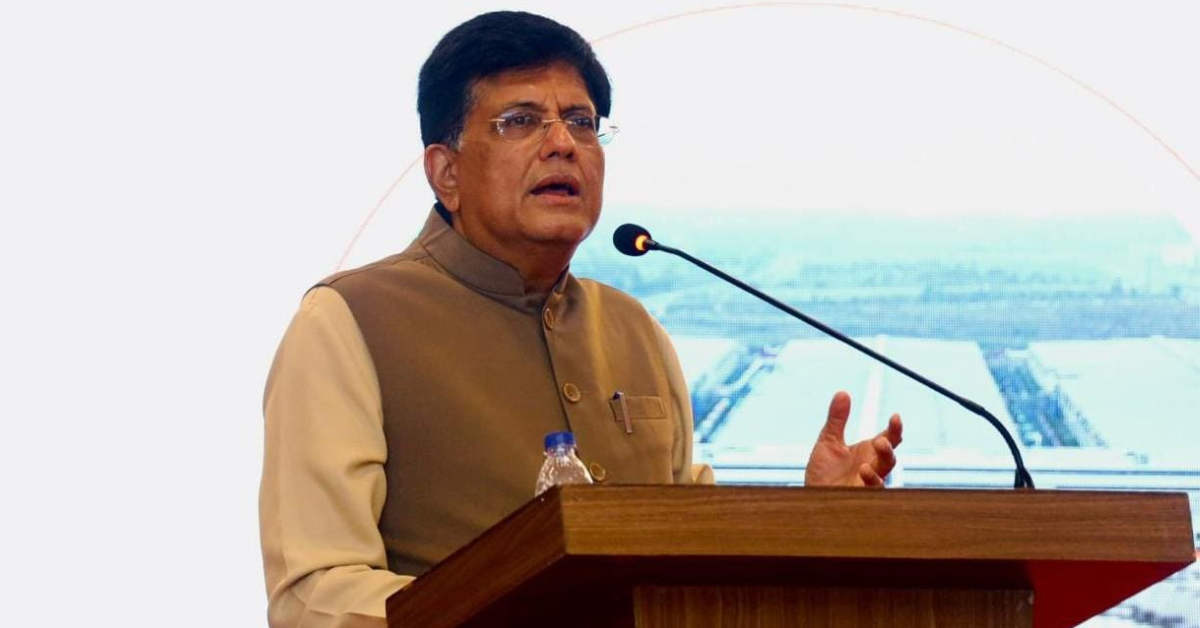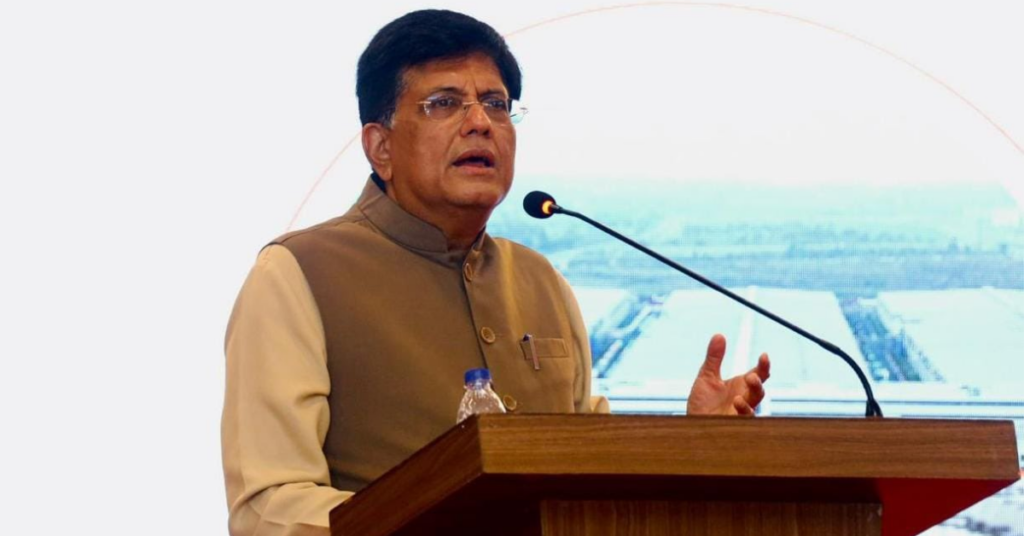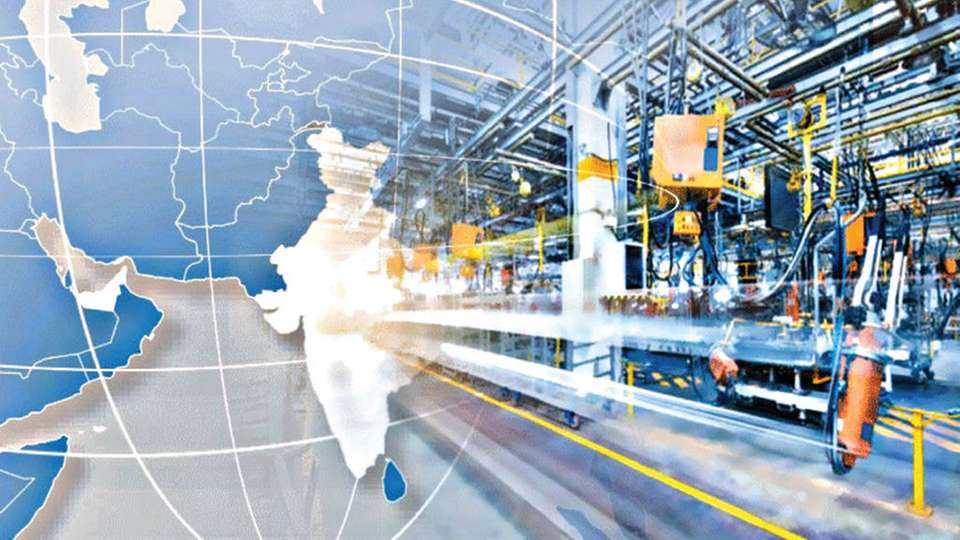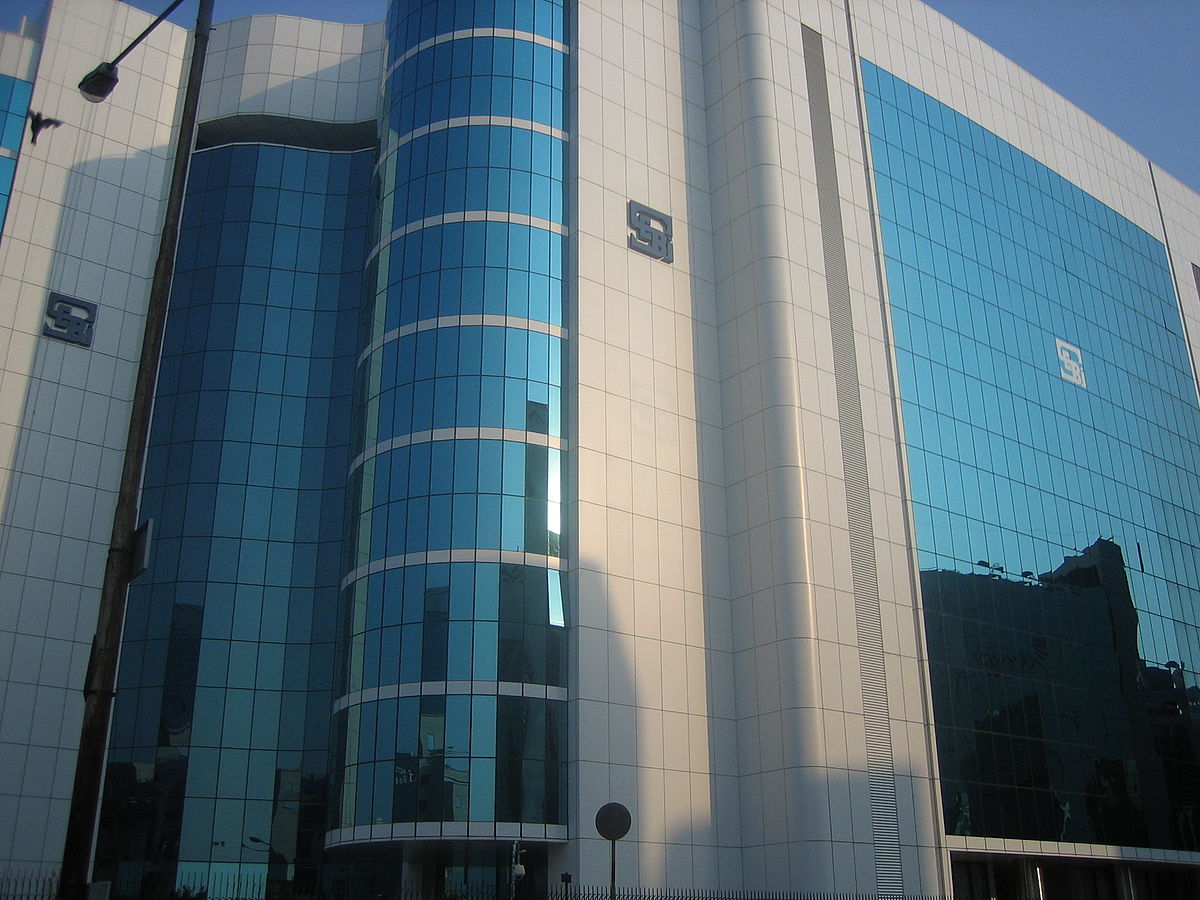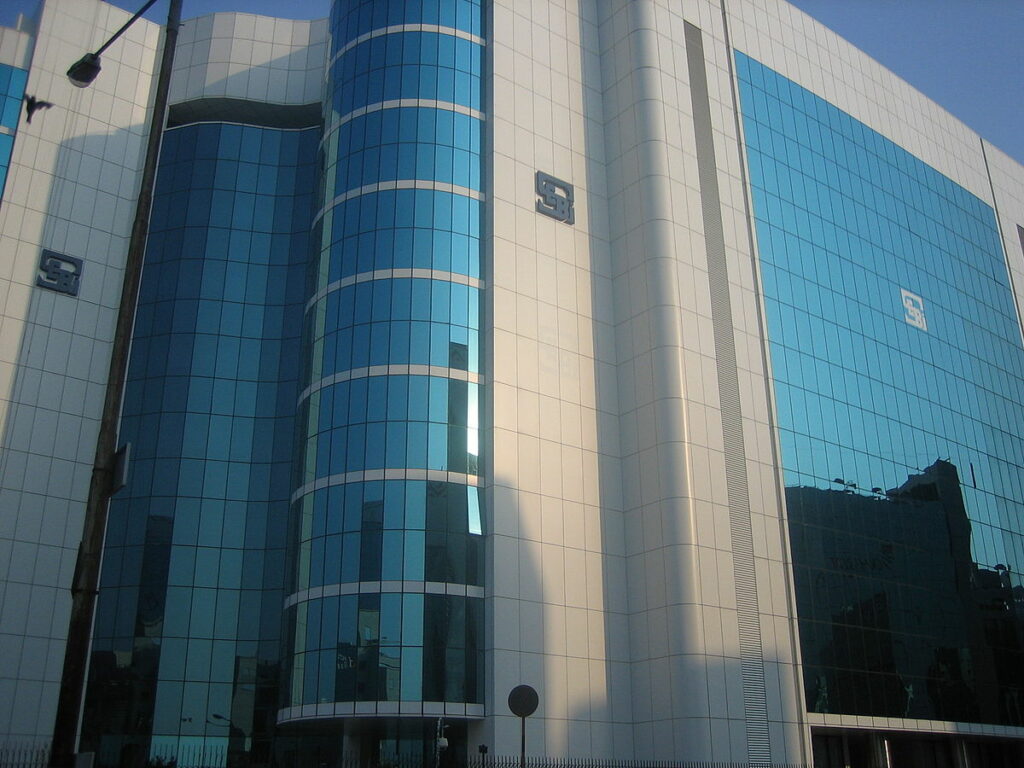New Delhi: India’s manufacturing activity eased slightly in July due to softer increases in new orders and output, following a recovery in June from a three-month low in May.
The HSBC final India Manufacturing Purchasing Managers Index (PMI), compiled by S&P Global, recorded 58.1 in July, compared to 58.3 in June, 57.5 in May, and 58.8 in April. This index is based on responses from around 400 manufacturers.
Although the July reading was marginally lower than the flash projection of 58.5 released last month, it remained above both its long-term average and the 50-point threshold separating contraction from expansion, marking nearly three years of continuous growth.
“India’s manufacturing sector continued to post impressive growth in July, despite slightly softer increases in new orders and output. Key positive developments included one of the fastest expansions in international sales in over 13 years and another robust round of job creation,” the report stated.
However, strong demand also led to price pressures, with input costs rising at one of the quickest rates in nearly two years, resulting in the steepest increase in selling prices since October 2013.
Buoyant Demand
The report highlighted that buoyant demand had a positive ripple effect across the manufacturing industry, particularly through a substantial increase in new work intakes. Despite a slowdown since June, the pace of sales growth remained sharp, with production volumes significantly raised at the start of the second fiscal quarter.
“India’s headline manufacturing PMI showed a marginal slowdown in the pace of expansion in July, but with most components remaining at robust levels, the small drop is no cause for concern,” said Pranjul Bhandari, chief India economist at HSBC. “New export orders remain a bright spot… The continuous increase in the output price index, driven by input and labor cost pressures, may signal further inflationary pressure in the economy.”
Normal Monsoon Predicted
The Reserve Bank of India (RBI) has raised its FY25 GDP growth forecast from 7% to 7.2%, supported by improved rural and urban demand and predictions of a normal monsoon. These monsoon predictions are positive for agricultural output growth, with robust government capital expenditure, strong investment demand, and upbeat consumer and business sentiment contributing to the resilience of the Indian economy. However, geopolitical tensions and divergent monetary policies of major central banks have increased uncertainty.
In its June meeting, the RBI’s Monetary Policy Committee kept the benchmark rate at 6.25%. Retail inflation, which spiked to a four-month high of 5.08% in June, poses a challenge for policymakers aiming to reduce interest rates. The rise in June was mainly due to higher food inflation, which accounts for nearly 40% of the consumer price basket.
The PMI report noted that Indian goods producers raised selling prices to protect margins from cost increases. Firms cited higher fees for raw materials, increased labor costs, and strong demand as reasons for the upward adjustments to output charges.
“Amid reports of strengthening demand from clients based in Asia, Europe, North America, and the Middle East, Indian manufacturers experienced a robust increase in international sales during July,” the report added.






